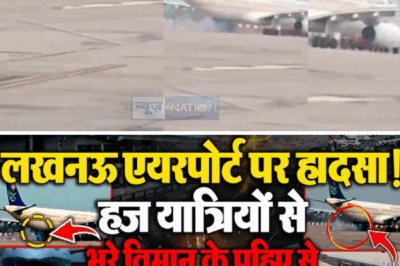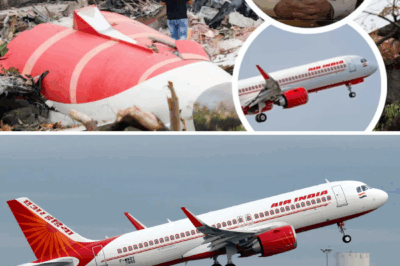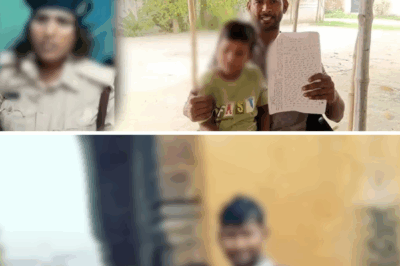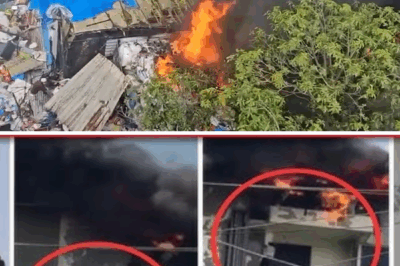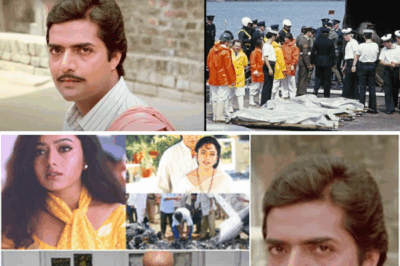India is a land of marvels, not just because of its vibrant culture and talented people, but occasionally also due to the unique decisions made by its governments. The latest example comes from Bhopal, the capital of Madhya Pradesh, where a newly constructed bridge has become the talk of the nation—not for its utility, but for its peculiar design.
A Bridge That’s the Butt of Jokes
The Ashbagh Railway Overbridge, built at a cost of ₹18 crore and about to be inaugurated, has gone viral on social media for its sharp 90-degree turn. Memes, jokes, and satirical comments have flooded platforms from Delhi to Mumbai, Guwahati to Kanyakumari. Videos and images of the bridge are being widely shared, with many comparing its design to the “Well of Death” stunt shows seen at circuses—except this time, it’s real infrastructure.
The bridge, which reportedly took eight years to complete, requires drivers to make a sudden right-angle turn upon reaching the top. Locals and experts alike have raised concerns about the safety of such a design, especially at night or for vehicles traveling even at moderate speeds. Many fear it could become an accident hotspot.
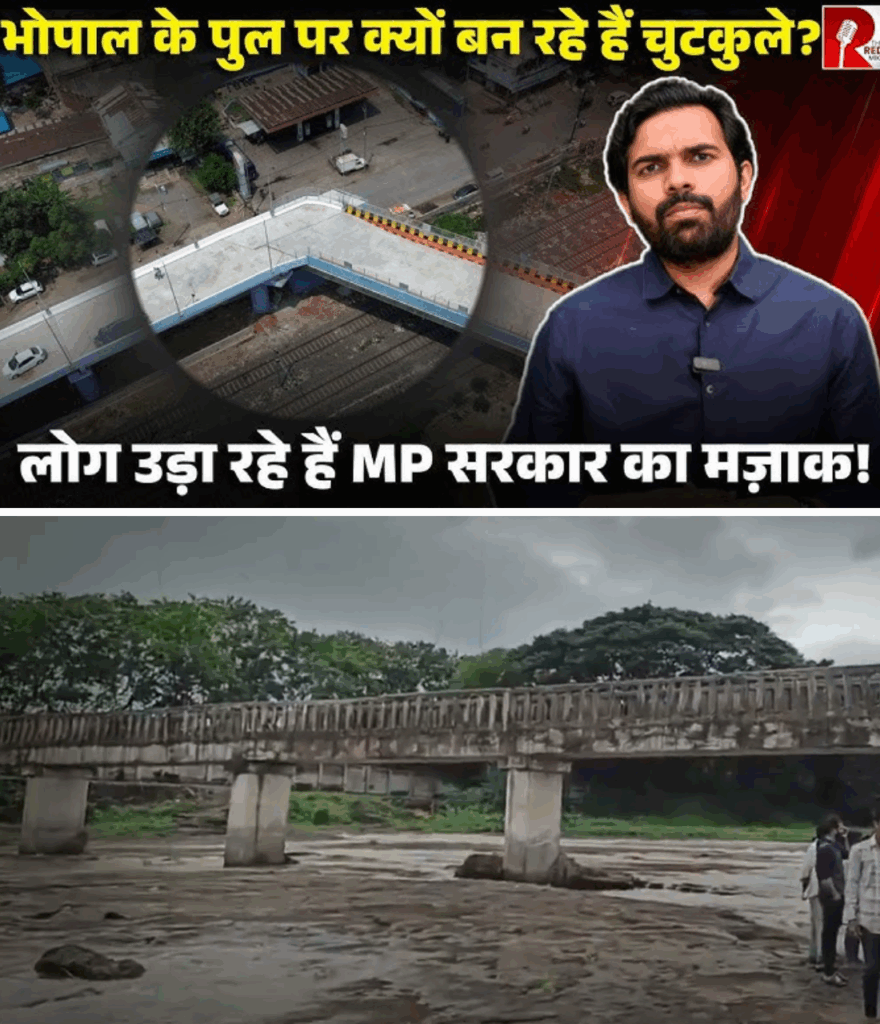
Official Responses and Public Reaction
Authorities initially defended the design, citing space limitations and the proximity of a metro station as reasons for the unconventional turn. However, after the bridge became a trending topic for all the wrong reasons, the Public Works Department (PWD) Minister Rakesh Singh announced a technical review by the National Highways Authority of India (NHAI). The inspection team is set to submit a report on whether the bridge is safe for public use.
Meanwhile, social media users have not held back. Some have sarcastically suggested that the government should charge tickets for people to view the bridge, just as one would pay to see a circus act. Others have called it a “modern engineering marvel” or joked that those responsible should be awarded for their creativity. Even the opposition has joined in, questioning how such a design was approved and why a review is only being conducted now, after construction is complete.
A Serious Issue Behind the Humor
Despite the laughter, there is genuine concern among residents and road safety advocates. The bridge was intended to ease traffic congestion and provide relief to Ashbagh’s population, who previously had to take long detours due to the lack of a railway overpass. Now, with its 648-meter length and 8.5-meter width overshadowed by the sharp turn, doubts remain about its practicality and safety.
The key questions remain: How did such a design get approved in the first place? Why was the review not conducted before construction? And what changes, if any, will be made before the bridge is opened to the public?
As the authorities investigate, the Ashbagh Railway Overbridge stands as a symbol—both of bureaucratic missteps and the public’s ability to find humor even in the most unexpected places.
News
Saudia Airlines Plane Lands Safely at Lucknow Airport After Technical Issue
A Saudia Airlines plane carrying 242 Haj pilgrims and crew members experienced a technical issue during landing at Lucknow’s Chaudhary…
Air India Flight Returns to Hong Kong Due to Technical Issues
A recent incident involving an Air India flight has raised concerns about the airline’s safety standards. The flight, which was…
Bihar: Wife caught red-handed with lover… now case against husband, leaving the child and asking for divorce!
Husband Accuses Wife of Infidelity, Seeks Police Intervention A heart-wrenching drama has unfolded in Bihar’s Hajipur, where a husband has…
Tragedy Strikes as Indian Doctor’s Family Perishes in Plane Crash
Tragedy Strikes as Indian Doctor’s Family Perishes in Plane Crash A devastating plane crash in Ahmedabad has claimed the lives…
Massive Fire Erupts at Furniture Shop, Flammable Materials Fuel Rapid Spread
A devastating fire broke out at a furniture shop, with strong winds threatening to worsen the situation at any moment….
Nadiya Ke Paar Actor Inder Thakur Died In Plane Crashes With His Family
The classic film Nadiya Ke Paar holds a special place in the hearts of millions, evoking nostalgia for village life…
End of content
No more pages to load

